Tags: JAXA

JAXA Confirms Losing Contact With CubeSat After Being Released by NASA's Artemis I

Japan Epsilon Rocket To Self-Destruct After Launch Failed

Japan's Martian Moons eXploration (MMX) Aims to Take Home Samples From Martian Moon Phobos
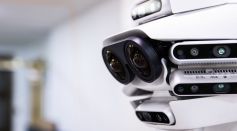
GITAI, JAXA Partner to Develop Robot Model That Will Traverse the Moon’s Surface

Amino Acid Found in Asteroid 162173 Ryugu Sample That Japan's Hayabusa2 Mission Brought to Earth From Its Space Probe

Toyota Wants To Make a Lunar Cruiser For Moon With JAXA’s Help

JAXA Develops Culture Bag for Crop Production and Long-Term Food Supply in Space
NASA Exchanges Sample Asteroid with Japan Exploration Agency; Will Return to Earth with Bennu Specimens
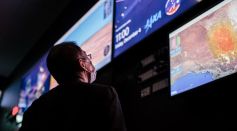
Japan's Space Agency Join Forces With 30 Companies to Develop Reusable Rockets to Slash Costs By Over 70%
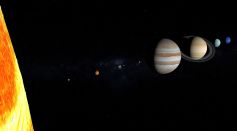
How Fast Does Each Planet in the Solar System Spin? Watch These Planetary Animations To Find the Answer
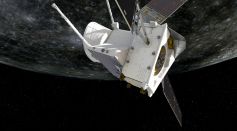
Mercury Mission: Japan and Europe's BepiColombo Will Attempt Flyby at the Nearest Point Tonight
Japanese Epsilon Rocket Launch Carrying 9 Satellite Scrubbed; What Happened, JAXA?
Argonne Has Become the Only US Facility to Study Samples of Asteroid 162173 Ryugu From Japanese Space Mission
Japan Will Bring Back Soil Samples from Mars Moon Phobos by 2029, Faster Than US and China

Ryugu's First Sample Arrived, NASA Conducts Examination of Asteroid
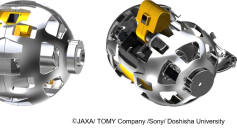
Japan Bringing Base-Ball Size Transformable Rover for Moon Mission in 2029 to Study Lunar Surface
Japan's Baseball-Sized Transforming Robot Ball to Land on Moon in 2022, What Can It Do?

Japanese Astronomer Hands Over Sash to Fellow Countryman in International Space Station
The SpaceX Crew Dragon Spaceship Sets a New Record for Most Days in Space
Tel Aviv University Developed a Shoebox-Sized NanoSat Set For Launch
Most Popular

The Role of Materials Science in Engineering: How Modern Engineering Materials Drive Innovation

Tornadoes vs. Waterspouts vs. Dust Devils: Key Differences and Vortex Types Explained

Why Space Exploration Takes Decades: Engineering, Distance, and Risks in Space Mission Timelines

Elon Musk's Neuralink to Automate Brain Implant Surgeries, Plans Mass Production





